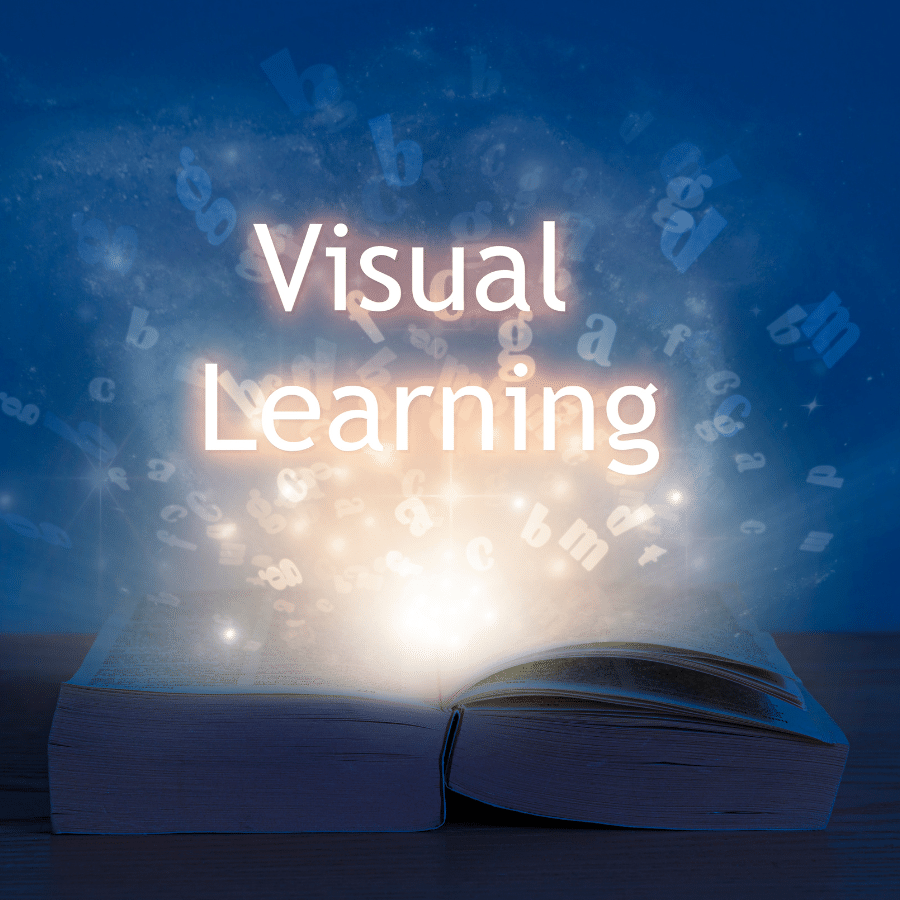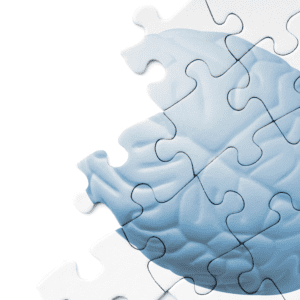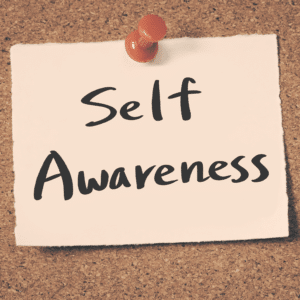Introducción
Some people find that they learn better when they hear information and have to write it down. Other people learn better when they see the information in front of them and have to write it down. Still others learn best when both auditory and visual stimuli are available at the same time. If you’re a visual learner, there are ways for you to study effectively using only your eyes.Visualize the material.
Visual learners can take advantage of their skills by visualizing the material. When you visualize, you turn what you’re learning into images in your mind. Visualize the material in 3D, like a movie or video game: How do the characters look? What are they wearing? What’s around them? Are there any sounds or music playing in the background? Use all five senses (sight, smell, taste, touch and hearing) when creating your mental picture(s): This will help make it more realistic and memorable for you when studying later on!Take a picture of the text.
Take a picture of the text. If you’re a visual learner, taking pictures of your notes is one of the most effective ways to study. You can use your phone or camera to take pictures of the pages in your textbook and then save them on your computer. Or, if you have access to a scanner at home or school, scan each page into PDF format so that it’s easy for you to access later when studying! Once all these steps are done, print out all these images (or just save them digitally). Place everything in a binder or folder so it’s easy for you to find when needed!Use colors, shapes and images to remember facts and concepts.
- Use colors, shapes and images to remember facts and concepts. For example, if you’re studying for a test on the five senses, you could use different colored pens to highlight important information in each section of your notes. You might also organize your notes into sections based on color or shape (i.e., red = taste; blue = touch). Finally, try visualizing concepts by creating mind maps or diagrams that show how they relate to each other visually — this will help you remember them later!
Create mind maps to organize information and ideas.
- Mind maps are diagrams that help you organize information and ideas. They can be used to brainstorm, create outlines, study for tests, remember what you’ve learned, and more.
- Mind maps are great for visual learners because they allow students to see how all the pieces of a topic fit together in one place. For example: if your mind map has five branches leading from its center (or “main idea”), then each branch represents an idea or concept that supports or expands upon this main point.*
- You can use mind maps as part of your study routine by creating them after reading chapters in textbooks or taking notes during class lectures.*
Highlight important sections of your textbooks with sticky notes or pencils.
- Use highlighter pens to mark the most important parts of your textbook.
- Use colored pencils to draw arrows or circles around important words, phrases and concepts.
- Use sticky notes to write down key points that you want to remember later on in the book, or even just stick them over pages with information that might be useful for an upcoming test/quiz/exam!
Write out key words and phrases that you don’t know how to spell or pronounce.
Write out the word or phrase phonetically. Write the word or phrase in your own handwriting, phonetically, so that you can see how it sounds when spoken aloud. Then use a dictionary to help you spell it correctly and find an online video that will help you pronounce it correctly.Visual learners can use these techniques to help them learn better
- Visual learners learn better when they use visual aids.
- Visual learners are more likely to remember what they see than what they hear, so if you’re a visual learner and want to improve your memory, try making flashcards or other visual tools for studying. You could also take notes by hand instead of typing them into a computer; this will force you to slow down and focus on each word as it goes onto the page, which will help cement it in memory through repetition.
- If possible, arrange your workspace so that there is lots of white space around where you sit: desks with lots of clutter tend not only to be uncluttered but also have less space between objects like monitors or bookshelves and walls–which means less room for learning!









